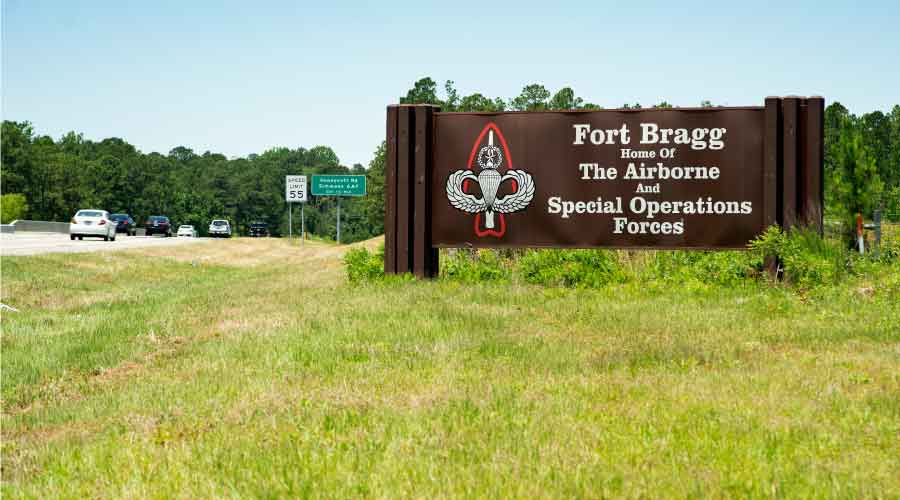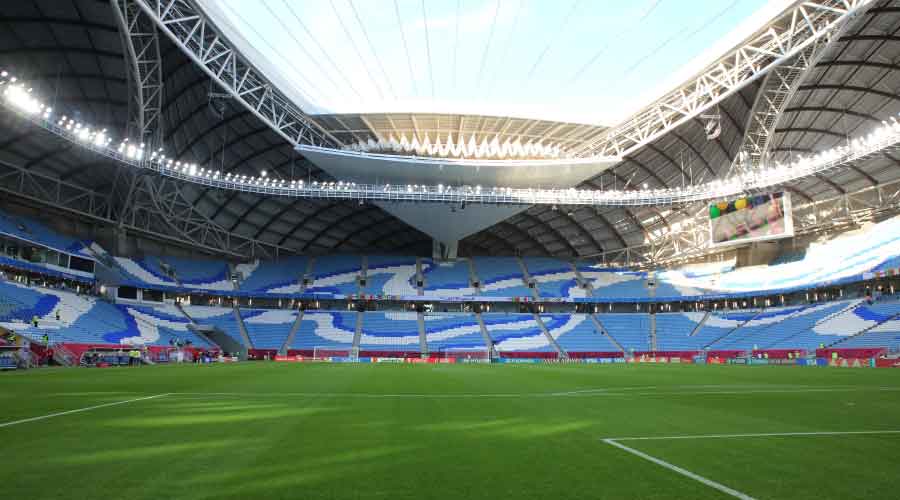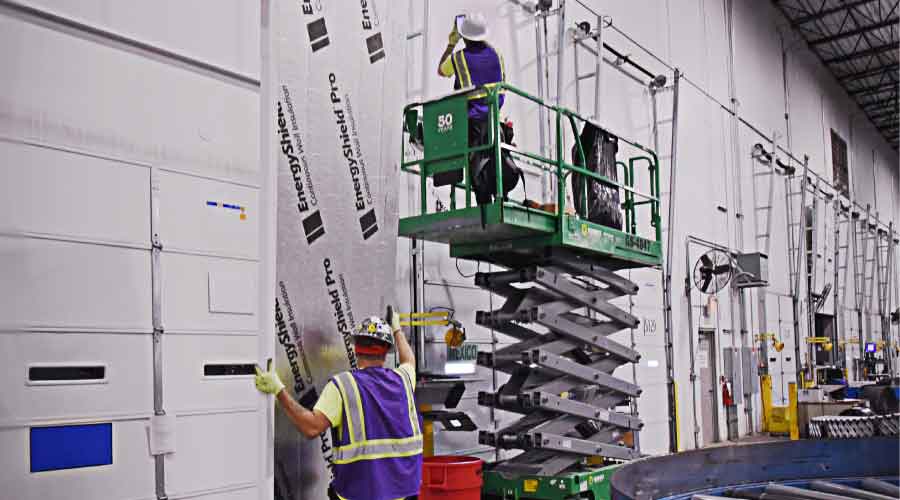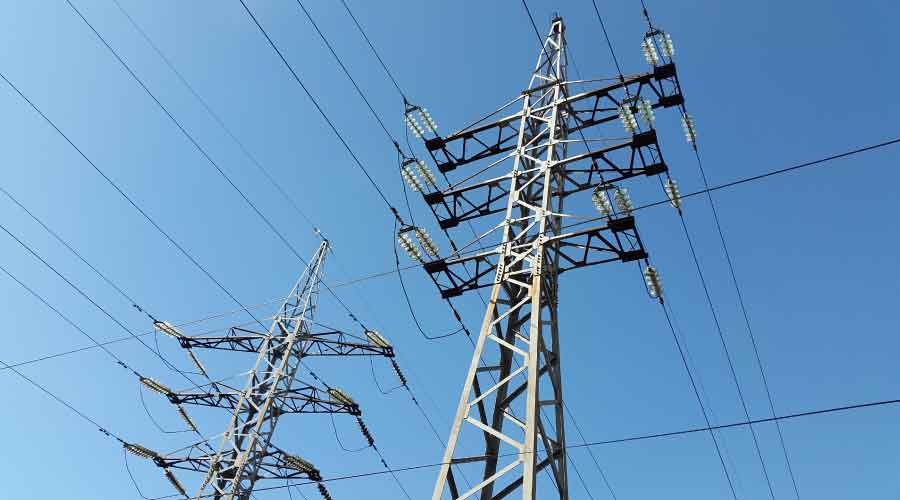
U.S. Army Tab for Deferred Facilities Maintenance: $19 Billion
The cost to fully provide users with the capability to fulfill their missions would be another $34 billion. December 9, 2022
By Dan Hounsell, Senior Editor
The nation’s public schools, colleges and universities have struggled for decades to properly fund and perform facilities maintenance, and many of them are failing, and the COVID-19 pandemic has only made the challenge tougher. The result is a spiraling backlog of deferred maintenance projects that threatens to undermine the core mission of the organizations.
Unfortunately, the crisis of insufficient public funding for facilities maintenance is not limited to education facilities.
The U.S. Army would have to spend at least $19 billion to eliminate the maintenance backlog in its buildings and bring them up to standards, according to a new report from the Congressional Budget Office (CBO), while the cost to fully provide users with the capability to fulfill their missions would be another $34 billion.
Those figures were based on data available through September 2020, and they do not account for inflation since then nor the potential cost of upgrading facilities to accommodate developments in weapons systems, the CBO added. As of that date, the Army, its components and other organizations were responsible for maintaining more than 500,000 pieces of used or unused real property assets worldwide, including more than 200,000 buildings with about 1.3 billion square feet of space.
In focusing on 49,000 buildings, the CBO found that their average age was 47 years old, 11 years longer than their overall estimated useful life — the number of years a real property is depreciated in financial statements.
“Thousands of those buildings, some of which are probably designated as historic, were 75 years old or older,” according to the report.
Also, by a measure of the expense “necessary to address deterioration resulting from deferred maintenance and to restore buildings to a fully functioning condition,” the average score was 88 — meaning a cost of 12 percent of the building’s value. Older buildings pulled down that score disproportionately, the CBO added, since the median score — the point where half are above and half are below — was 95.
It said that 6 percent of the buildings need major renovations, another 16 percent significant renovations and another 13 percent only minimal renovations.
Dan Hounsell is senior editor of the facilities market. He has more than 25 years of experience writing about facilities maintenance, engineering and management.
Next
Read next on FacilitiesNet












